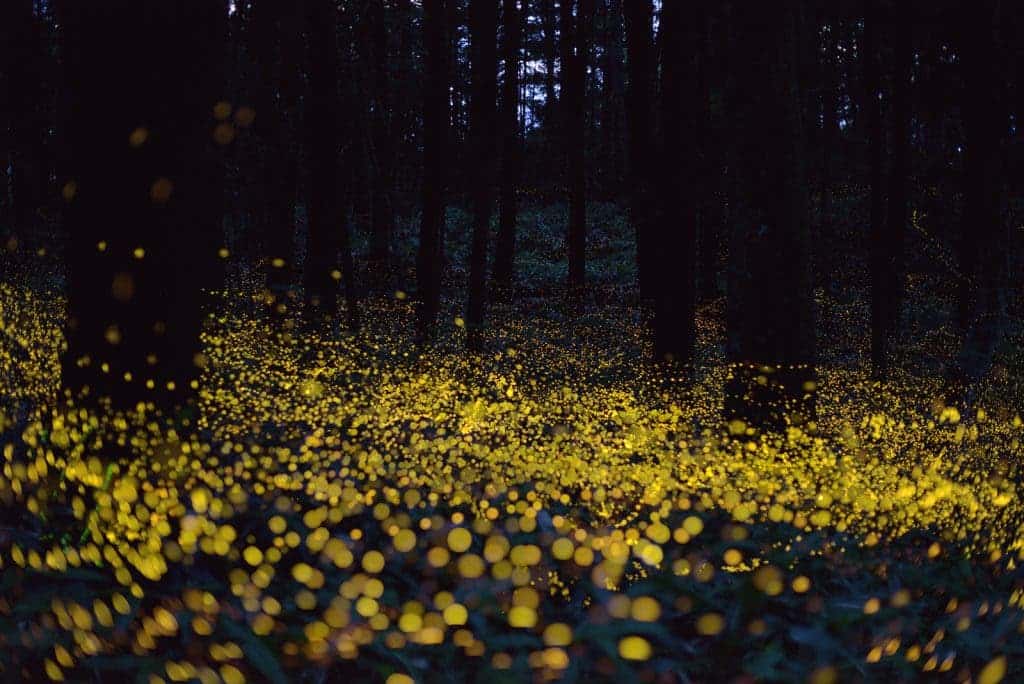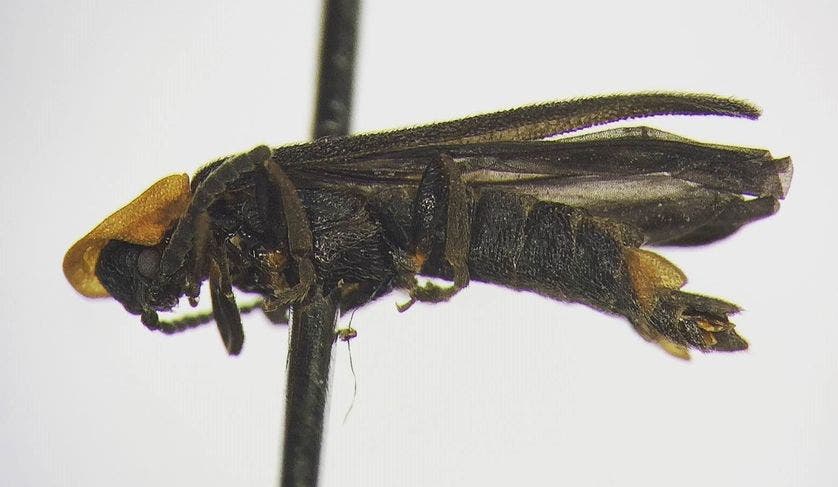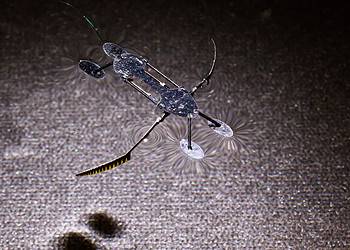Despite what you might have seen or not seen, there are actually some fireflies living west of the Rocky Mountains, though they mostly keep to themselves and are rarely spotted by humans. Every once in a while, people spot some. This time, one undergrad who was busy insect hunting in the Los Angeles County hit the jackpot after he discovered a new firefly species.

Joshua Oliva, an undergraduate student at the University of California-Riverside was casually collecting insects in the Santa Monica Mountains for an entomology class. He even brought his mother along since she was very curious to learn what her son was actually studying. When Oliva found fireflies, he was ecstatic, but he had no clue yet what he came across.
“He wasn’t 100 percent certain it was a firefly, and brought it to me for confirmation,” says Doug Yanega, senior scientist at the UC-Riverside Entomology Research Museum, in a press release about the discovery. “I know the local fauna well enough that within minutes I was able to tell him he had found something entirely new to science. I don’t think I’ve seen a happier student in my life.”
People living in the East are truly blessed for they often get to see the insects flash during the twilight. In Florida, no fewer than 56 firefly species can be found. In California, there are only 18 known species. Moreover, they’re dim both in numbers and brightness. Not all fireflies in California glow (gotta wonder why they’re still called fireflies in the first place), and those which do only fly for a brief period after dusk. So, it’s no wonder that finding a new firefly species in California is big news!
“One reason we are bringing this discovery to the public’s attention is that it seems likely that this beetle may be highly restricted in distribution,” Yanega says, “and the habitat where it occurs may require consideration for some level of protection, at least until we can learn more about it.”

The new species, which doesn’t yet have a name, is half an inch long and all covered in black. One distinctive feature is its head “armor” which is marked with a orange-like halo.
What makes a firefly glow
One reason that fireflies glow is to attract a mate. Males and females of the same species will flash signals back and forth as a way of communicating. Each firefly species has its own particular pattern. For example, the fireflies of one species will fly around in the night sky and dive steeply just as the flash begins and turn upward to make a distinctive J-shaped pattern of light. Female fireflies hang out on a tree branch or in the grass while the males fly around showing off their best flashes. When a female recognizes the flash from a male of the same species, she will answer with her best flash.
The light itself is a form of bioluminescence. When oxygen combines with calcium, adenosine triphosphate (ATP) and the chemical luciferin in the presence of luciferase, a bioluminescent enzyme, light is produced. This process if highly efficient and results in what’s called “cold” light. A light bulb, on the other hand, emits “hot” light because it releases a lot of heat in the process.
Oliva graduated from UC-Riverside earlier this month. School’s far from over though. He intends on applying for the graduate program to go on to become an entomologist.






